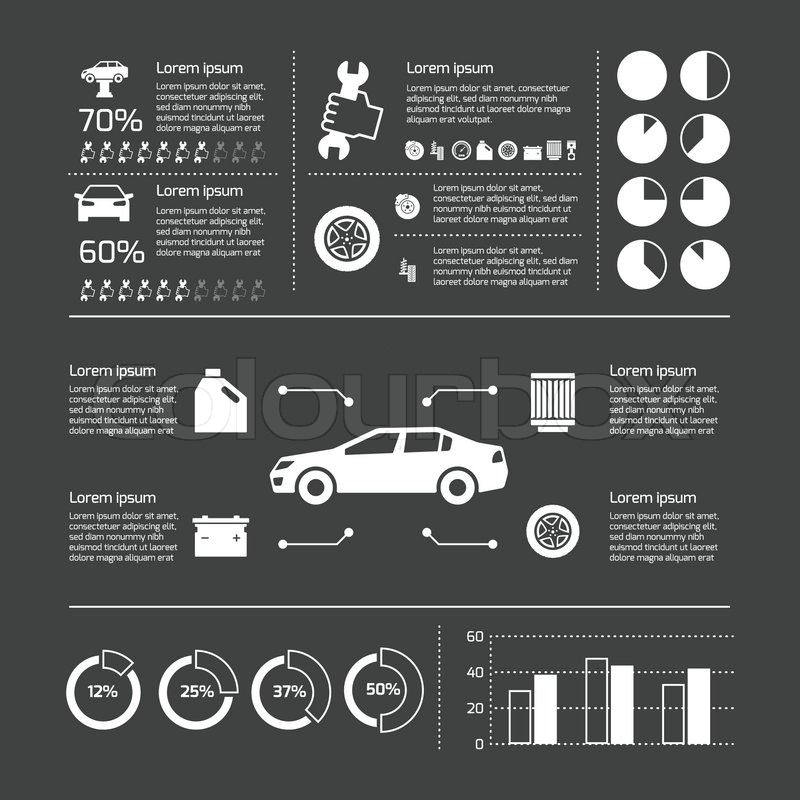Evaluating Your Car'S Warning Indicators: What They Really Convey
Evaluating Your Car'S Warning Indicators: What They Really Convey
Blog Article
Posted By-Higgins Stark
When you lag the wheel, those glowing caution lights on your dashboard can be a bit difficult. Do you understand what they're attempting to tell you about your car's wellness? Understanding the importance of these lights is vital for your security and the longevity of your automobile. So, the next time among those lights turns up, would not you want to decode its message accurately and take the required steps to address it?
Common Warning Lighting and Interpretations
Recognize typical warning lights in your automobile and comprehend their meanings to guarantee safe driving.
The most normal caution lights consist of the check engine light, which signifies problems with the engine or exhausts system. If this light begins, it's crucial to have your car checked immediately.
The oil pressure cautioning light indicates reduced oil stress, requiring immediate focus to avoid engine damages.
A flashing battery light could recommend a damaged billing system, potentially leaving you stranded otherwise attended to.
The tire stress monitoring system (TPMS) light alerts you to low tire pressure, affecting automobile security and gas effectiveness. Overlooking this could lead to hazardous driving conditions.
The ABS light suggests an issue with the anti-lock braking system, endangering your capability to stop quickly in emergencies.
Finally, the coolant temperature level advising light warns of engine getting too hot, which can lead to serious damages if not dealt with quickly.
Comprehending these usual caution lights will help you resolve issues quickly and maintain risk-free driving problems.
Importance of Prompt Interest
Comprehending the common caution lights in your auto is just the initial step; the relevance of without delay resolving these warnings can't be highlighted enough to guarantee your security on the road.
When a caution light brightens on your control panel, it's your auto's method of connecting a prospective issue that needs interest. Overlooking these cautions can lead to more serious troubles later on, jeopardizing your safety and potentially costing you much more in repairs.
Motivate focus to warning lights can protect against malfunctions and mishaps. As https://chassispartscar28405.blog5star.com/30670430/clearing-up-up-common-misbeliefs-about-car-repair , a flashing check engine light could indicate a misfire that, if left neglected, can trigger damages to the catalytic converter. Resolving this quickly can conserve you from a pricey repair work.
Similarly, a brake system alerting light might indicate reduced brake liquid or worn brake pads, crucial parts for your security when driving.
DIY Troubleshooting Tips
If you see a warning light on your dashboard, there are a couple of do it yourself fixing pointers you can attempt prior to looking for professional help.
car paint correction auckland is to consult your auto's handbook to comprehend what the details caution light indicates. In some cases the problem can be as simple as a loosened gas cap causing the check engine light. Tightening up the gas cap may fix the trouble.
An additional typical concern is a reduced battery, which can trigger various advising lights. Inspecting the battery connections for corrosion and ensuring they're protected may deal with the issue.
If a caution light continues, you can try resetting it by separating the cars and truck's battery for a few mins and afterwards reconnecting it. Additionally, inspecting https://www.kbb.com/car-advice/car-leasing-guide/ , such as oil, coolant, and brake liquid, can help repair cautioning lights related to these systems.
Verdict
To conclude, comprehending your auto's caution lights is vital for maintaining your vehicle running efficiently and safely. By without delay attending to these informs and recognizing what they indicate, you can avoid pricey repairs and potential failures.
Bear in mind to consult your automobile's guidebook for particular information on each advising light and take action accordingly to make sure a hassle-free driving experience.
Stay educated, remain risk-free when traveling!
